Thandarrr
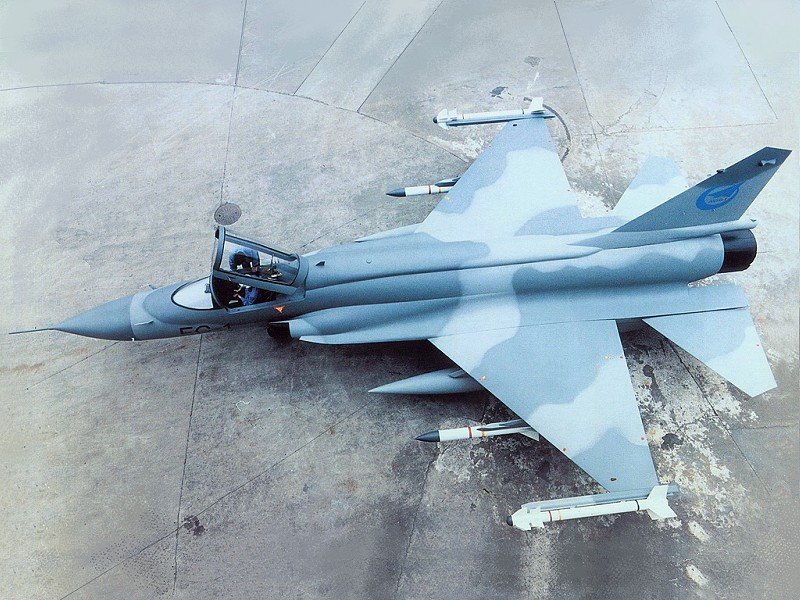
F-16



did you ever done that? I thought you are discussing about the 'spotting'.will be difficult to recognise for another aircraft in the air especially if the other a/c is maneuvering.
If one can't pickup visual cues, another way is to identify by sound. Some crafts have very unique sound.Sound of course cannot be depended on because fast low flying aircraft often appear and disappear within moments of the sound being heard because they are flying at a high subsonic speed. The Jaguar is particularly good at this.







This one's easy. Look for the one that's flying like a subsonic brick in a WVR engagement. That's the MiG!shiv wrote:If you don't look carefully, you can mistake a MiG 25 or a MiG 31 for an F 15. If you can't do IFF at BVR imagine the fuk up possible WVR!!
I see where you're coming from - from the III to the 2000, Mirages have seemingly identical noses and intakes. However, a quick glance at wing planforms and tailplanes will tell you what is what.smpratik wrote:Mirage Series fighters, they are probably the most difficult to distinguish.





True we are talking about spotting - but the same skill is necessary for fighter pilots as well in a busy air to air engagement which is what I was talking about.Kanson wrote:did you ever done that? I thought you are discussing about the 'spotting'.will be difficult to recognise for another aircraft in the air especially if the other a/c is maneuvering.
The problem is if you just get one glance for less than a second and have to decide what it is. If you spend time - 100% recognition is easy for most enthusiasts. That is why the quiz in the previous page has a time counter. The idea is near-instant recognitionJaeger wrote: Mirage III/5/50:
3-piece windscreen
Low aspect ratio Delta wings
Angular vertical tail with forward extension
Typical (on the earlier Atar engines) split nozzles
The 5 is configured for daytime strike with a slim radar-less nose with a more powerful engine with a convergent-divergent nozzle
The IIING on the other hand features canards, under-intake strakes and more powerful engines.
Mirage F1:
The easiest: shoulder-mounted wings with tailplanes make this one immediately stand out from the crowd.
Mirage 2000:
Clear windscreen
Higher aspect ratio wings than the III
A less angular tail
Small strakes just aft of the intakes
Delta at a less acute angle than the III, less emphasis on M2+ performance
shiv wrote:If you don't look carefully, you can mistake a MiG 25 or a MiG 31 for an F 15. If you can't do IFF at BVR imagine the fuk up possible WVR!!
Austin wrote:shiv wrote:If you don't look carefully, you can mistake a MiG 25 or a MiG 31 for an F 15. If you can't do IFF at BVR imagine the fuk up possible WVR!!
Shive its not a conicidence , I read that F-15 was designed to take out the Mig-25 hence they adopted the same planform , widely seperated engine and wings but F-15 was designed as a fighter hence it was a better fighter while Mig-25 was a better interceptor. The Mig-31 improved upon the Mig-25.
Ofcourse many American would disagree that F-15 idea come from Mig-25 since all original ideas originate from America.
If you want to see height of propaganda, watch discovery WINGS. I don't know how and by looking at what they came to the conclusion that MiG-25 is a vigilante copy.Austin wrote:Ofcourse many American would disagree that F-15 idea come from Mig-25 since all original ideas originate from America.
Similar score as lalmullah with 20/20 - the problem was the clicking rather than the speed with which brain recognized the aircraft. A tougher exercise is to recognize from silhouettes esp. head-on. I use Jane's aircraft guide almost exclusively.Lalmohan wrote:14409
20/20
bit slow on the clicking
Raja Bose wrote:- the problem was the clicking rather than the speed with which brain recognized the aircraft. A tougher exercise is to recognize from silhouettes esp. head-on. I use Jane's aircraft guide almost exclusively.
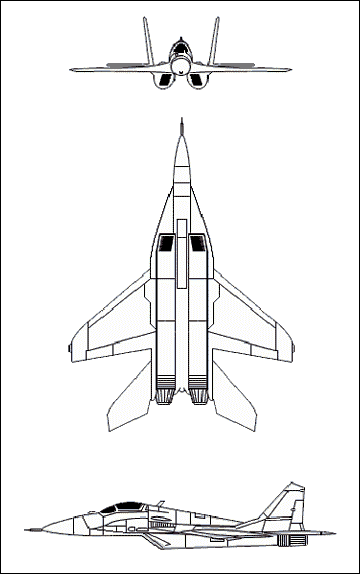
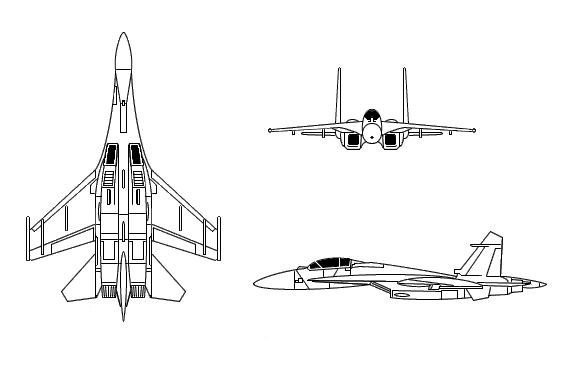

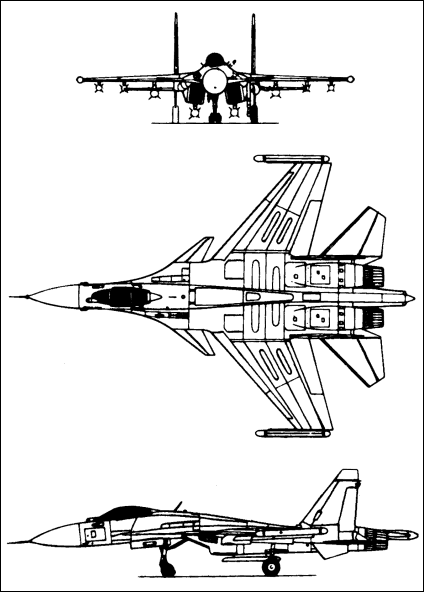

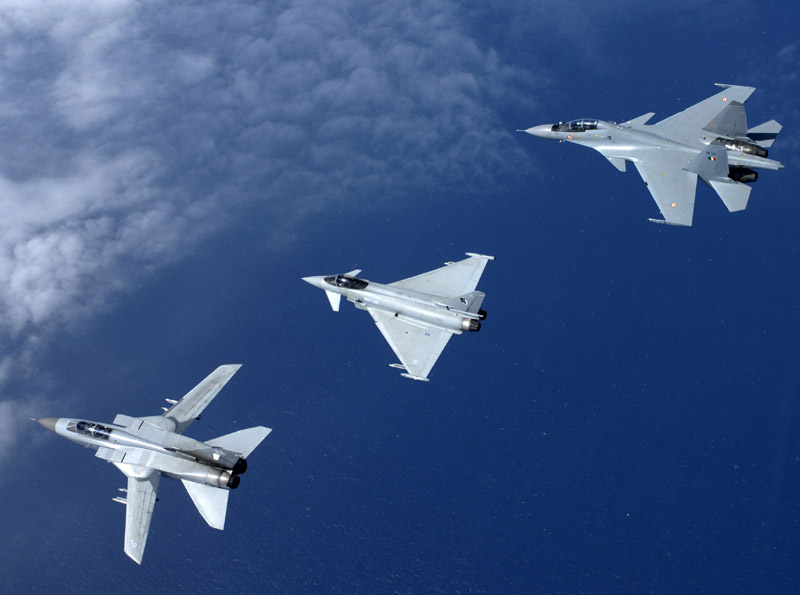

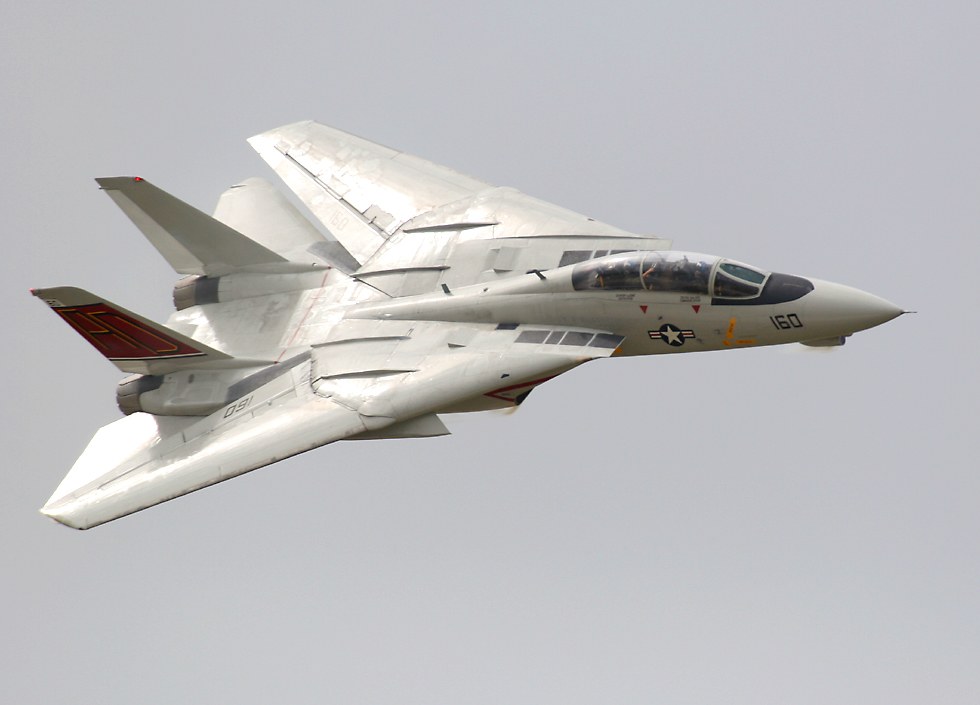
Thanks. I have corrected the typo.indranilroy wrote:^^^ Shivji, Thats not a F-15. It is the F-14.


The Su-47 also has a certain close resemblance to a Grumman X-29. I remember seeing details about this aircraft in the mid 80s from Dad's copy of Aerospace America.shiv wrote:A great comparison of the Su-47 and the PAK-FA

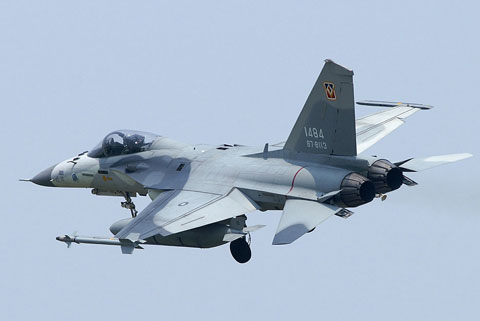
ArmenT, aside from the forward swept wings the design seems completely different. basically the X-29 and later the F-16SFW(which only got as far as the drawing board I think) were the American experiments with forward swept wings while the Berkut was the Russian experiment. Unfortunately both came to the conclusion that the design was not practical.ArmenT wrote:The Su-47 also has a certain close resemblance to a Grumman X-29. I remember seeing details about this aircraft in the mid 80s from Dad's copy of Aerospace America.shiv wrote:A great comparison of the Su-47 and the PAK-FA
There was also a German experimental aircraft with forward swept wings - whose name I cannot recall at this moment. Apparently this configuration was able to prevent stalling or some such thing.ArmenT wrote:The Su-47 also has a certain close resemblance to a Grumman X-29. I remember seeing details about this aircraft in the mid 80s from Dad's copy of Aerospace America.shiv wrote:A great comparison of the Su-47 and the PAK-FA
I think you're talking about Junkers JU 287shiv wrote: There was also a German experimental aircraft with forward swept wings - whose name I cannot recall at this moment. Apparently this configuration was able to prevent stalling or some such thing.
Easiest way to differentiate is number of tails and the shape of the tail.shiv wrote:Unless you are aware of the differences, it is easy to mistake a Tornado for an F-14. The twin tail of the latter is the one that can be seen from far away.

shiv wrote:Give yourself exactly one second to identify this aircraft. Don't post the answer here and let new enthusiasts take a shot.
Click for image